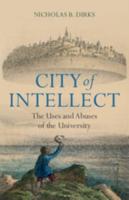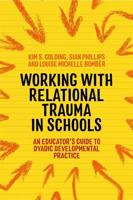Publisher's Synopsis
This book breaks new ground in our understanding of how we perceive and represent the space around us - one of the central topics in cognitive psychology. It presents a new view of development and spatial cognition by reversing the usual focus on vision and examining the evidence on representation in the total absence of vision without specific brain damage. Findings from the author's work with congenitally totally blind and with sighted children, together with studies from a wide variety of other areas, are set in the context of intersensory and spatial development. Touch and movement are considered as converging sources of reference information with and without vision. The findings have important implications for future work in many fields, particularly developmental pscychology; cognition, cognitive neuroscience and visual handicap, and make this new work essential reading for students and researchers in these fields.










